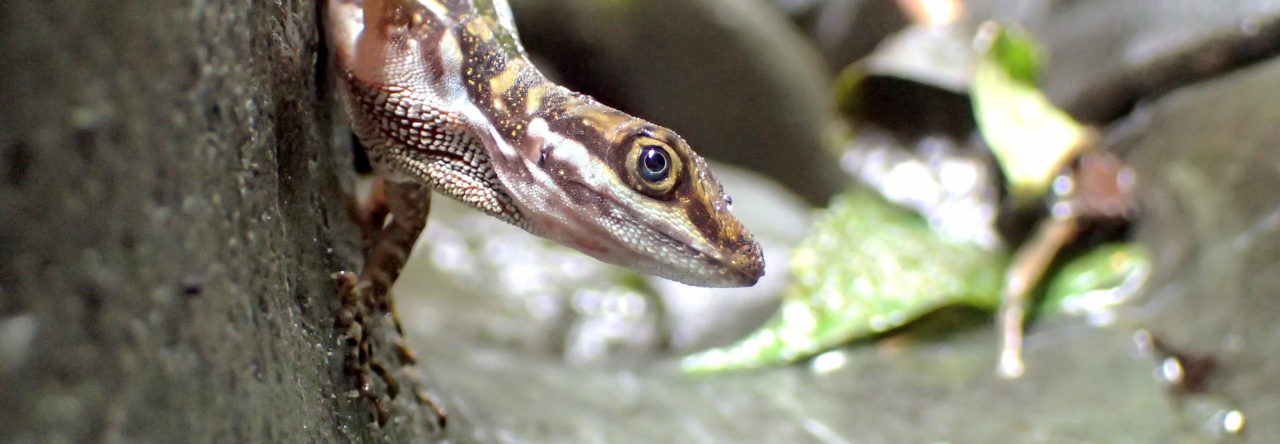It has come to our attention that today’s deadline for submissions to the Anolis Newsletter VII is landing squarely during many contributor’s field research and conference seasons, and so we have taken the decision to extend the submission deadline by 1 month.
The new deadline will be: 31st August 2018.
We hope those of you there were unable to meet today’s deadline are now able to put together a submission in time for the next! This is lining up to be the best newsletter yet. Contributions to the newsletter can take many forms, for example:
– Manuscript-like reports.
More than anything, this is an opportunity to let the anole community know what you’re up to. At the same time, this is not something to stress over. These are newsletter reports, informal non-publications. Don’t sweat the details! And for those of you who presented at the symposium, it’s just a matter of writing down what you said!
You can find all of the formatting details for newsletter submissions here:
https://www.anoleannals.org/2018/04/25/anolis-newsletter-vii-a-call-for-contributions/
And please send all submissions directly to:
Best wishes
The AN VII Editorial Team

2018 Anolis Symposium team photo in Miami FL!













